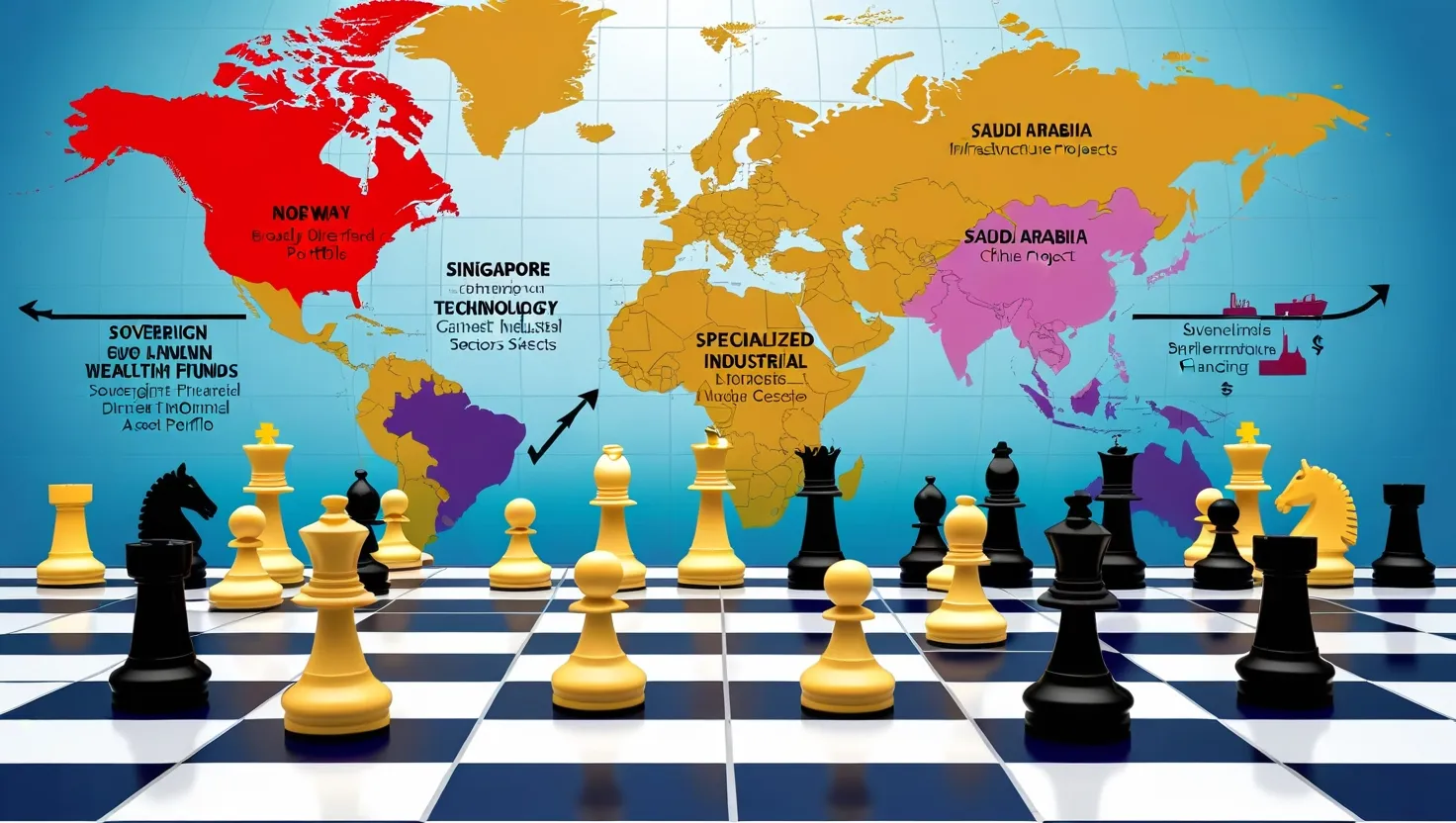In the ever-evolving landscape of corporate culture, several key shifts are redefining the way businesses operate and thrive. These changes are not just incremental adjustments but fundamental transformations that are driving employee satisfaction, talent retention, and overall company performance.
The Rise of Remote-First Work Policies
Imagine a world where the traditional 9-to-5 office routine is a thing of the past. With the advent of remote-first work policies, many companies are discovering that productivity is not tied to a physical workspace. This shift has been particularly evident since the pandemic, where businesses were forced to adapt quickly.
When you give employees the freedom to work from anywhere, you’re essentially trusting them to manage their time effectively. This trust can lead to a significant boost in morale and productivity. For instance, companies like Salesforce and Microsoft have seen their employees thrive in remote environments, with many reporting higher job satisfaction and better work-life balance.
As the legendary business leader, Richard Branson, once said, “One day offices will be a thing of the past.” This vision is becoming a reality, and it’s fascinating to see how it’s reshaping the way we work.
Prioritizing Mental Health and Work-Life Balance
Mental health has become a critical aspect of corporate culture. Companies are now recognizing that a healthy mind is just as important as a healthy body. By emphasizing mental health and work-life balance, businesses are creating environments where employees feel valued and supported.
This shift is not just about offering wellness programs or mental health days; it’s about fostering a culture that encourages open conversations about mental health. Companies like Aetna have made significant strides in this area by moving away from cumbersome processes and focusing on employee well-being.
How do you think your workplace could better support mental health? Are there any initiatives you’d like to see implemented?
The Importance of Continuous Learning and Upskilling
In today’s fast-paced world, staying relevant means continuously learning and upskilling. Companies that invest in their employees’ education and development are seeing remarkable returns. Not only does this approach keep employees engaged and motivated, but it also ensures that the company stays ahead of the curve in terms of innovation and technology.
Microsoft’s transformation is a prime example of this. By reassessing how they measure success and including factors like employee engagement and innovation, Microsoft has created an environment where learning is a core part of the culture.
As the renowned author and educator, Peter Drucker, once said, “The only skill that will be important in the 21st century is the skill of learning new skills. Everything else will become obsolete over time.”
Diversity, Equity, and Inclusion Initiatives
Diversity, equity, and inclusion (DEI) initiatives are no longer just a moral imperative; they are a business necessity. Companies that foster diverse and inclusive environments are more innovative, more resilient, and more successful.
Salesforce’s commitment to trust, equality, and listening is a standout example. By embedding these values into their culture, Salesforce has created a workplace where everyone feels valued and heard.
What steps can your company take to enhance its DEI initiatives? How can you ensure that every voice is heard?
Purpose-Driven Missions Aligning with Societal Values
When a company’s mission aligns with societal values, it creates a sense of purpose that goes beyond just making a profit. This alignment can inspire employees, attract customers, and drive long-term success.
IBM’s transformation from a focus on individualism to a unified team approach is a compelling case. By acknowledging mistakes as a critical component of growth, IBM has fostered a collaborative environment where innovation thrives.
As Howard Schultz, the former CEO of Starbucks, said, “When you’re surrounded by people who share a passionate commitment around a common purpose, they can overcome obstacles and achieve great things.”
Flattened Hierarchies and Increased Employee Autonomy
Traditional hierarchies are being dismantled in favor of more flat and agile structures. This shift gives employees more autonomy and encourages them to take ownership of their work.
Companies like Netflix have pioneered this approach, where employees are given the freedom to make decisions without needing multiple layers of approval. This autonomy not only speeds up decision-making but also fosters a culture of accountability and innovation.
How would you feel if you had more autonomy in your job? Would it make you more productive or more satisfied?
Data-Driven Decision-Making at All Levels
Data-driven decision-making is becoming the norm across all levels of an organization. By empowering employees with data, companies are ensuring that decisions are informed and strategic.
Aetna’s use of measurement to align its objectives with its newly adopted values is a prime example. By moving beyond just financial metrics, Aetna has created a culture where every decision is data-driven and aligned with the company’s vision.
As the data scientist and author, Nate Silver, once said, “The key to making good decisions is to separate the signal from the noise.”
Case Studies and Financial Benefits
Let’s look at some real-world examples of companies that have successfully implemented these cultural shifts.
- Microsoft: By focusing on measurement and aligning its objectives with its values, Microsoft has seen significant improvements in customer satisfaction, employee engagement, and innovation.
- Salesforce: Salesforce’s emphasis on trust, equality, and listening has created a transparent and reliable environment that has driven growth and innovation.
- Aetna: Aetna’s positive approach and focus on measurement have helped the company move away from cumbersome processes and inspire employees towards innovation.
These companies have not only seen improvements in employee satisfaction and talent retention but also in their financial performance. A study by the Boston Consulting Group found that companies focusing on culture were five times more likely to achieve breakthrough results in their digital transformation initiatives.
Challenges in Cultural Transformation
While these cultural shifts are driving business success, they are not without their challenges. One of the biggest hurdles is changing the mindset of employees and leaders. It requires a concerted effort to embed new behaviors and values into the performance management and reward systems.
Another challenge is maintaining consistency across different departments and locations. Companies need to ensure that the new culture is not just a top-down initiative but a grassroots movement that involves every level of the organization.
How do you think your company could overcome these challenges? What strategies would you implement to ensure a smooth cultural transformation?
Strategies for Effective Implementation
Effective implementation of these cultural shifts requires a multi-faceted approach.
- Leadership Commitment: Senior leaders must be fully committed to the transformation. They need to role model the new behaviors and values, and communicate the importance of these changes clearly.
- Employee Engagement: Employees should be involved in the transformation process from the outset. This includes training programs, feedback mechanisms, and incentives that align with the new culture.
- Measurement and Feedback: Continuous measurement and feedback are crucial. Companies need to track the impact of these changes and make adjustments as necessary.
- Consistency: Consistency is key. The new culture should be reflected in every aspect of the organization, from hiring practices to performance evaluations.
As the business consultant and author, Simon Sinek, said, “Leadership is not about the title or the position you hold. It is about the impact you make and the people you inspire.”
In conclusion, these seven corporate culture shifts are not just trends; they are the future of business. By adopting remote-first work policies, prioritizing mental health, investing in continuous learning, promoting diversity and inclusion, aligning with societal values, flattening hierarchies, and making data-driven decisions, companies can drive employee satisfaction, talent retention, and overall performance.
The journey to cultural transformation is not easy, but the rewards are well worth the effort. As you reflect on your own workplace culture, consider what changes you could implement to make your organization more innovative, resilient, and successful.
What do you think is the most critical cultural shift for your company? How can you start making these changes today?






